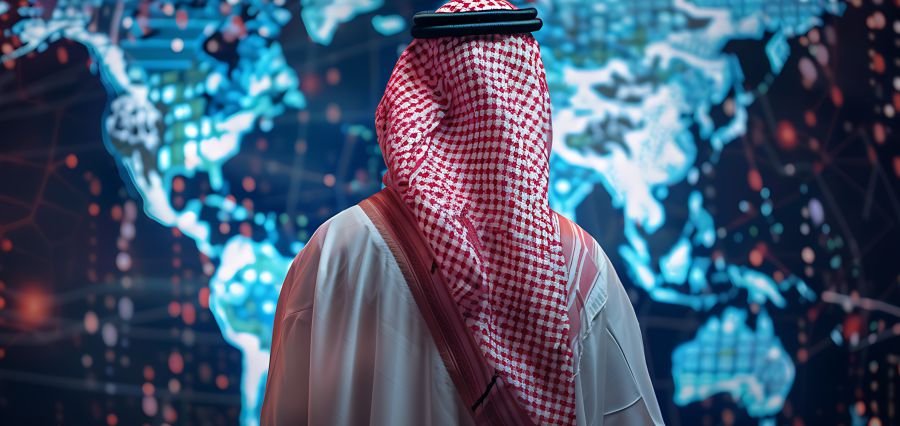
The Saudi Vision 2030 plan, introduced in 2016, aims to transform the country's economic landscape by reducing reliance on oil revenues and promoting industrialization, technology, and innovation. This strategic shift has resulted in a dramatic rise in the number of industrial facilities across various sectors, including manufacturing, logistics, and technology.
According to the latest data from the Ministry of Industry and Mineral Resources, the total number of industrial facilities in Saudi Arabia surged from approximately 8,000 in 2016 to over 12,800 by mid-2024. This growth is attributed to both the expansion of existing facilities and the establishment of new ones in emerging sectors.
The increase in industrial facilities aligns with the kingdom's broader goals outlined in Vision 2030, which include diversifying the economy, enhancing the private sector's role, and creating job opportunities for Saudi citizens. The initiative has also led to significant investments in infrastructure and technology, further supporting industrial development.
The establishment of new industrial zones and the expansion of existing ones have played a crucial role in this growth. The King Abdullah Economic City, for example, has become a key hub for industrial activities, attracting both local and international investors. Similarly, the Jubail and Yanbu industrial cities have seen considerable expansions, contributing to the overall increase in industrial facilities.
The rise in industrial facilities is also linked to Saudi Arabia's efforts to promote innovation and entrepreneurship. The government has introduced various programs and incentives to support startups and small-to-medium enterprises (SMEs) in the industrial sector. These initiatives aim to foster a culture of innovation and competitiveness, driving further growth and development.
The expansion of industrial facilities has had a positive impact on employment in the kingdom. The industrial sector has created numerous job opportunities for Saudi citizens, aligning with Vision 2030's objective of reducing unemployment and enhancing the workforce's skills. The development of new facilities and the growth of existing ones have led to an increase in demand for skilled labor, contributing to the overall economic growth.
Moreover, the growth in industrial facilities is expected to have a ripple effect on other sectors of the economy. Increased industrial activity often leads to higher demand for supporting services such as logistics, transportation, and supply chain management. This interconnected growth is likely to stimulate further economic development and diversification.
The Saudi government has also emphasized the importance of sustainability in its industrial development plans. Many new facilities are incorporating advanced technologies and practices to minimize environmental impact and promote sustainable growth. This focus on sustainability is in line with global trends and reflects the kingdom's commitment to environmental stewardship.
Saudi Vision 2030 has significantly boosted the number of industrial facilities in the kingdom, with a 60% increase since the initiative's inception. This growth reflects the successful implementation of the vision's goals to diversify the economy, foster innovation, and create job opportunities. As Saudi Arabia continues to develop its industrial sector, the long-term benefits are expected to extend across the economy, driving further growth and transformation.
Topics
Gcc
